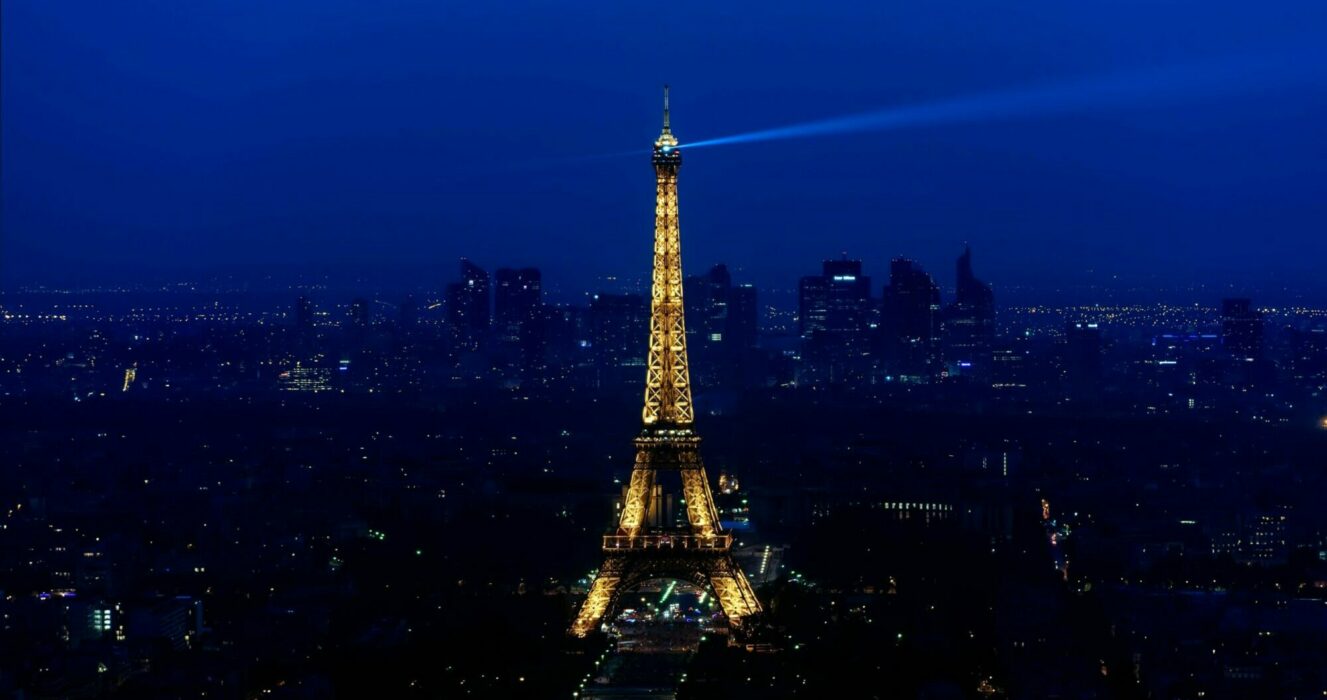Realizing the Paris Agreement creates tremendous opportunities!
In this final installment of the Climate Adaptation Center review of the Paris Agreement, we present a few ideas on how world political leaders can actually lead for a change… a climate change!
In Part 1 we discussed what’s in the Paris Agreement and in Part 2 the good and bad elements of the agreement.
What is clear is that the Agreement, while aspirational and a useful framework, has not yet achieved results in line with its goal: to limit climate warming to 1.5°C -2°C. Even if that goal is met, the world will be living with a warming climate for decades to come.
Forty percent of the CO2 put into the atmosphere 100 years ago is still there today. Even when the world reaches Net Zero carbon emissions, it will take decades for the carbon to sift out of the atmosphere. Nonetheless, limiting climate warming will also limit the impacts of climate disruptions that are already serious and increasing.
Overshooting the 1.5°-2°C target will cause increasingly dire climate impacts, including extreme droughts, sea level rise, more frequent and intense hurricanes with associated devastating storm surges, heavier rains, harmful algae blooms, biodiversity loss, human health issues and threats to national security, just to name a few. Eighty percent of the world’s population lives close to the coast where rising seas and severe storms will create havoc and devastate economies. It doesn’t need to be that way, if we get serious about the Paris Agreement and fix its flaws.
The Agreement is a start and re-entering the Agreement presents the U.S. with the opportunity to take a leadership role. It’s great to be part of the Agreement but it isn’t sufficient to leave it at that. It is also great that the U.S. internally is making great strides to lower its own greenhouse gas (GHG) emissions. Since 2005, the U.S. has cut overall emissions by 20%. Decreasing U.S. emissions at a faster rate isn’t enough on its own to make much of a difference because our nation is emitting just 15% of the world’s total GHGs. But as the only superpower in the world today, we have the means play a larger role in leading other countries, especially China, to take action and not just talk.
The Paris Agreement needs teeth! That means every country needs to be accountable for attaining Net Zero emissions by 2050 at the latest. If a country misses that goal and the steps that will get them there, there need to be consequences economically, diplomatically and in the court of pubic opinion. The price of failure can’t be less than the costs to global society resulting from that failure.
The distinction between China and the U.S. (developing vs developed) is as much of a political concession now as it was back in 2015 when the agreement was negotiated. This one flaw alone will make it difficult, if not impossible, to meet the goal. Real diplomacy is needed with U.S. leadership and worldwide pressure on China to up its game now. Talk is cheap but action speaks loudly!
Agreements on Intellectual Property (IP) will encourage countries with advanced technologies to assist those who need it most. Without an enforceable IP agreement that is consistent with the international rule of law, we can’t get there from here. Reaching an accord on IP will free the world’s innovators and stimulate the emerging Climate Economy, thereby providing the economic backdrop to solve the problem and pay for it.
Funding needs to follow in short order as well. If climate warming is a global threat, then the solution will require a COVID-like economic response. Paying for the solutions needs to be part of the financial mechanism of the Paris accord.
The bottom line is there will be severe consequences for the world and especially the poorest nations unless the U.S. and China can lead the way to the 1.5°C-2.0°C goal. Without China, the goal will not be met. This is why the agreement needs to be updated. There is no value in continuing a program with major flaws when these flaws can be corrected.
The world is slowly moving toward GHG reduction, but time is of the essence to help ensure disruptions due to climate warming are manageable. The Paris Agreement can be a springboard to quickly reach that goal. Other trends are very supportive, so we remain hopeful.
The rate of human progress and knowledge building is astounding. By 2100 it is estimated that the total volume of knowledge will quadruple! Think of it – from 2000 to 2100 all the knowledge gained since humankind began will increase by 400%! I am confident that within that knowledge base will be the solution to carbon sequestration in one form or another. In 100 years time we can solve the climate crisis, but we have to get there from here.
It’s a daunting problem but the Paris Agreement is a start. Now is the time to make it truly functional! It will take the world working together to make it happen. Politics as usual is the biggest climate threat of all!
As citizens of the greatest country in the world, now is the time for us to demand action, from the local level on up to America’s leaders. It’s time for action before it’s too late!

